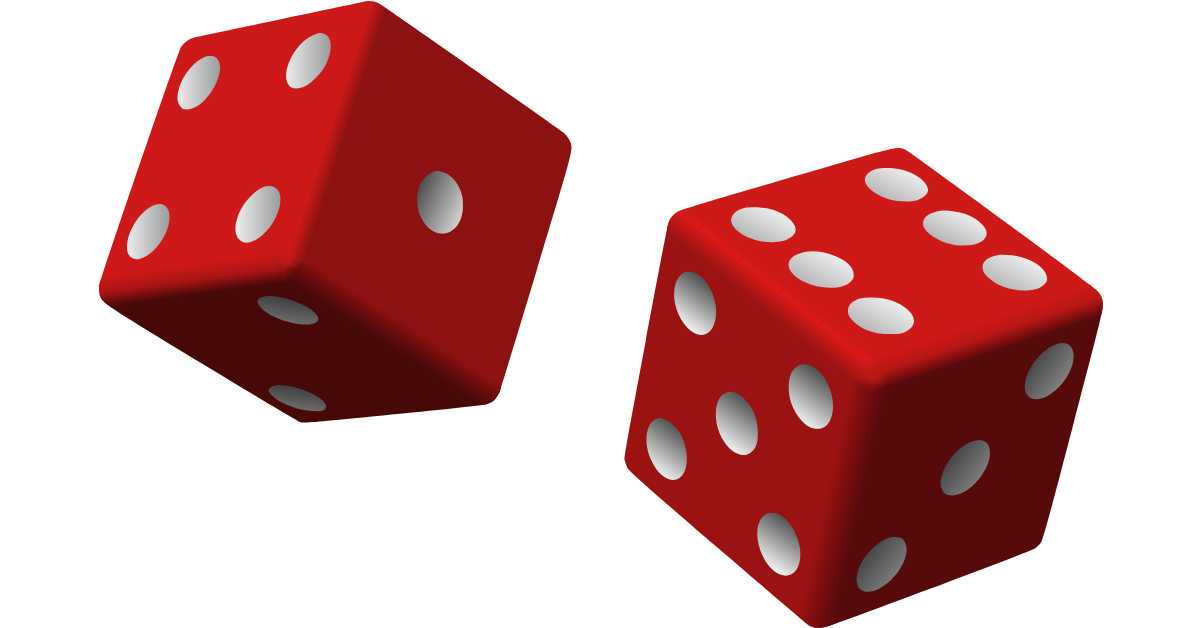Learning Haitian Creole cannot be left to chance. To make progress, you must make it your personal responsibility. The most common advice given by professionals is:
“Spend time reading, writing, speaking, and listening. To become fluent in a language, you must include all four of those activities.”
We hope that the information in our newsletters will be as useful to you as they are to our students.
Have you eaten yet?
Haitians love food. And their food is sooo good. Is there someplace where you can get authentic Haitian food? Sometimes with our busy schedules, we don’t have time to eat breakfast. Here’s an expression you can use right away.

Thank You For Reading
As teachers, we see what common mistakes many of our students make. Sometimes we may have to remind our students multiple times a class to correct their errors. But there’s nothing like seeing them improve little by little to the point that they stop slipping up. Continue practicing so that you don’t make the same mistakes. Enjoy.

Saying "thank you for..."
“Mèsi” is one of the first things that people learn in Haitian Creole. However, when telling someone the reason why they are thankful, learners tend to use a sentence structure that is incorrect in Creole.
Which one is correct?
- Mèsi pou ede m.
- Mèsi pou pale avè l.
- Mèsi pou machin nan.
- Mèsi pou rete ak pitit mwen.
The 3rd option is correct. Why are the other three incorrect? When saying thank you, there are ONLY two correct sentence structures. Here’s the 1st one. (Click on a word for different options)
1.
this doesn’t change
this doesn’t change
èd ou
ti pale a
travay ou
kay la
tan nou
Replace the noun (person, place or thing) with your own nouns. Repeat them out loud then to someone else. Here’s the 2nd sentence structure. (Click on a word for different options)
2.
this doesn’t change
dèske
lefètke
ou / w
nou / n
ede m
te pale avè m
travay avè m
achte kay la
pase yon ti tan avè m
Replace the verb (action word) with other verbs and complete your sentences. Repeat them out loud then to someone else. When possible, remember to use the correct tense marker (eg. te, ap, pral) when needed.
Here’s a example of how a Haitian news channel used the two sentence structures above. (Start the video at 1:43)
- Can you write down the 6 sentences where she used the word “mèsi”?
Exercises
Correct the following sentences.
- Mèsi pou ban m dlo.
- Mèsi dèske enfòmasyon an.
- Mèsi pou achte l pou nou.
- Mèsi pou mennen m travay.
- Mèsi paske tout sa n fè pou mwen.
- Mèsi pou manje avè n jodi a.
- Mèsi pou vann machin nan pou grann mwen.
- Mèsi pou ou se yon bon zanmi.
- Mèsi pou montre m lokal la.
- Mèsi pou envite m lakay ou.
Make a sentence using “pou” and “dèske” with the words below. For example:
- Mèsi pou jwèt ou te achte a.
- Mèsi dèske w te achte jwèt la.
- montre
- envite
- se
- vann
- mennen
- bay
- achte
- ede
- eseye
- jwenn
- fè
- ale
- kòmanse
- ekri
- jwe
- kouri
- koupe
- mete
- chèche
- vale (“to swallow” or “to gobble down” or “to stuff down” in the context of food and drink. eg. “Vale grenn nan”. “Swallow the pill.”)
Are you understanding Creole at normal speaking speed?
Students have told us, “I’ve studied Creole using apps and textbooks. Yet when Haitians speak at normal speed, I can’t understand everything they’re saying.” Have you said the same thing?
A great way to get used to speaking speed is actively listening to natives speaking.
Here’s a Haitian Youtube channel that we love listening to. Even though we are living in India, we let it play in the background so that our ears continue to get used to the pronunciation and words that Haitians use.
In the next newsletter, we’ll use a video from the channel to improve your listening and pronunciation skills.
Send us your answers
We will gladly send you feedback within 2 business days if you send us your answers. Happy learning.



